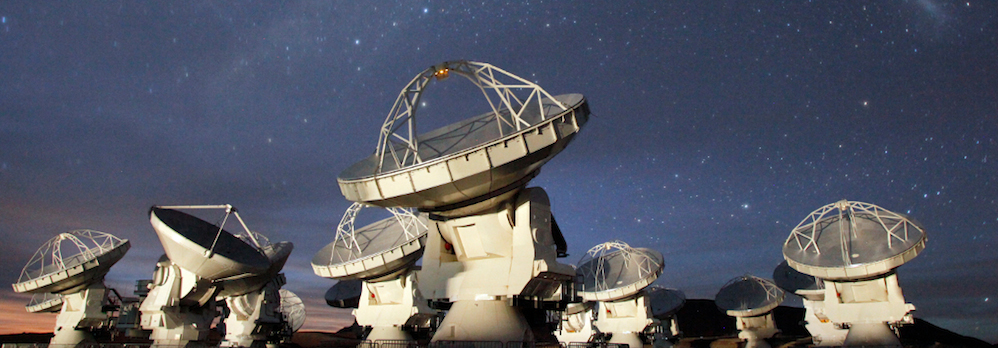The Galaxies Formation and Evolution Group at CAB aims at providing a global view of the processes of galaxy formation and evolution across cosmic time. The research interests and expertise of the group members cover a wide range of topics that are generally attacked observationally with a multiwavelength approach. The group routinely collects, analyzes, and publishes astronomical data from radio and millimetric to infrared, optical and X-rays, making use of state-of-the-art ground- and space-based facilities. The deep expertise of group members across the electromagnetic spectrum enables us to attack observationally, and to interpret theoretically, a very broad range of physical phenomena and their interaction: interacting/merging galaxies, superwinds and feedback, gas outflows from millimteric and infrared to optical and X-rays, as well as the nuclear activity and its relation with the overall host properties.
The scientific research carried out at CAB covers most of the relevant aspects of galaxy formation and evolution. The group has a great expertise in observational studies of massive star-formation in both nearby and distant luminous star-forming galaxies using, for instance, the Lyman alpha emission as a tracer of star formation processes. Integral-field spectroscopy of luminous and ultra-luminous infrared galaxies in the near infrared is routinely used to differentiate the different ionization mechanisms of the interstellar medium (supernovae, young stars, Active Galactic Nuclei …) over a very broad range of luminosities and to characterize the galaxy properties. Neutral and ionized gas outflows, their kinematics, their effect on the star-formation rate and thus on the overall galaxy evolution, are also obsevationally studied in the optical and infrared.

Artist impression illustrating a supermassive black hole with X-ray emission emanating from its inner region. Credit: ESA
Any theoretical model of galaxy evolution must take into account the presence of a central super-massive black hole which, when active, reveals itself as an Active Galactic Nucleus (AGN). AGN observations are carried out at all wavelengths at CAB. Radio observations are used to shed light on the impact of radio jets on the interstellar medium, linking the mechanical energy release by the central black hole to galaxy evolution via radio-mode feedback. This is complemented by optical studies of AGN-driven gas outflows which are sensitive to the so-called radiative-mode of AGN feedback. The power of infrared data is fully exploited not only to select and characterize distant AGN in combination with multiwavelength data, but also to understand the physical nature of the obscuring dusty circumnuclear material (the so called clumpy, dusty torus) and its relation with nuclear star formation, molecular gas, and inflows/outflows. X-ray data complement this research shedding light on the innermost regions of the accretion flow around super-massive black holes, as well as on the AGN surroundings from sub-pc (e.g. AGN winds and outflows, obscuring matter …) to kpc scales (extended hot gas).

James Webb Space Telescope primary mirror. Credit: NASA/Chris Gunn
The group is also heavily involved in technological projects of future astronomical instrumentation both in space and on the ground in the framework of the European Space Agency and the European Southern Observatory programs. They participate in the instrument teams of the MIRI and NiRSpec instruments for the James Webb Space Telescope (JWST), and they are involved in the preparation of the first science programs to be carried out with the JWST. Members of the group also take part in the team responsible for the development of HARMONI, a first-light instrument of the European Extremely Large Telescope (E-ELT). Group members also participate to the definition of the next ESA large X-ray observatory Athena both at the scientific and hardware levels (X-IFU instrument), as well as in other space-based international projects projects that are still at the ESA selection stage.
